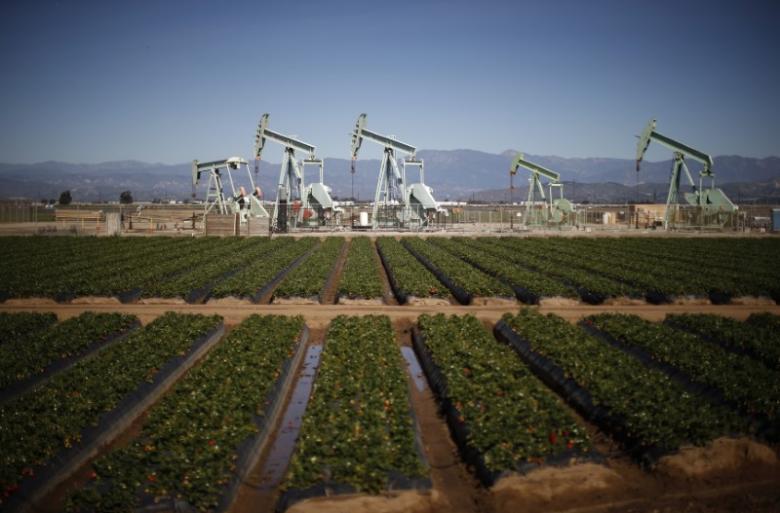OPEC predicts higher demand for its crude oil in 2018 in response to increasing global consumption. The cartel also commented that the oil market was getting stronger, suggesting that an OPEC-led production freeze is starting to be effective at getting rid of price-sapping excess supply. In its monthly report, the organization stressed that the world would need 32.42 million barrels per day (bpd) of its oil next year, up 220,000 bpd from the previous forecast.
OPEC also added that physical oil markets in Europe and West Africa had firmed and that a rise in the price of Brent crude oil for immediate delivery suggested that the oversupply was easing. “The entire forward curve has flattened for Brent amid some bullish indicators in the physical market,” OPEC said and added that “crude differentials strengthened notably for a range of key grades in the Mediterranean, North Sea and West African markets.”
OPEC is, however, still curbing production by about 1.2 million bpd while Russia and non-OPEC oil-producing countries by 0.6 million bpd until March 2018. The freeze aims to decrease the existing inventories and it seems that it starts to be working. The organization said stocks in developed economies went down in June, having fallen by 87 million barrels compared to the five-year average since the cut started in January. “Further declines in US crude stocks are likely, given the record rates at which US refineries are running,” OPEC said. The American refinery use has hit a 12-year high.
OPEC upgraded its forecasts for the world’s oil demand growth in 2017 and 2018, saying consumption would go up by 1.28 million bpd next year. “World economic growth has gained momentum,” OPEC said. “With the ongoing growth momentum and an expected continued dynamic in second-half 2017, there is still some room to the upside.”




